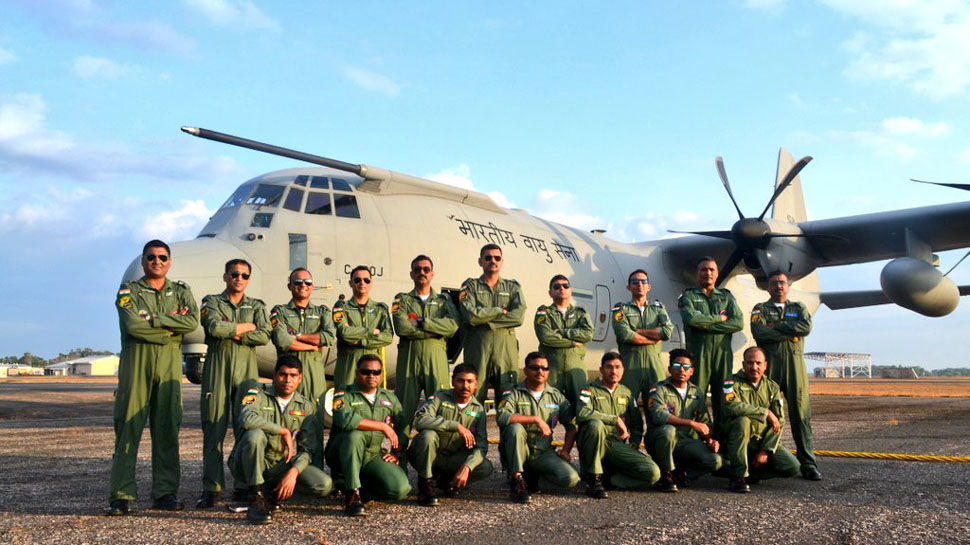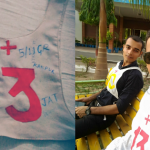Is that a bird? Is that Superman? No, it’s an Indian Su-30 flying over the skies of Australia as a part of Pitch Black-2018. India’s frontline fighter jet is participating in a three-week multilateral air force exercise ‘Pitch Black – 2018’. It is one of Asia-Pacific’s largest air force training exercises.
The tropical northern cities of Australia – Darwin and Tindal, are hosting 4,000 personnel and 140 aircraft from 16 countries in this exercise.
The Training
The exercise, dubbed “the largest air force training exercise in the Southern Hemisphere”, will take place from RAAF Tindal and RAAF Darwin.
It traditionally consists of a ‘red team’ and a ‘blue team’ based at separate locations, with one attacking the other. The Indian Air Force’s aircraft made its debut at the exercise with its Russian-built Sukhoi Su-30MKI Flanker fighter jets, C-130J & C-17.

The training includes night flying and aerial refueling. The national air forces of participating countries will learn and improve their force integration using one of the largest training airspace areas in the world. The training will include day and night flying.
RAAF Base Glenbrook (near Sydney) is used as the command and control centre, as it would if the simulated conflict were real.
The Participants
The countries participating in this exercise are the Australia, Canada, France (New Caledonia), Germany, Indonesia, Netherlands, New Zealand, Singapore, Thailand, India, Malaysia and the United States.

About Exercise Pitch Black
Pitch Black 2018 is a three week multilateral air force exercise. It will be held from 27 July to 17 August 2018.
- Pitch Black is a biennial exercise which was last held in 2016.
- It began in 1990 between Australia and Singapore.
- The exercise features a range of simulated threats in a modern battle-space environment.
This version is also the largest Pitch Black exercise to date in terms of the number of aircraft involved and the number of countries sending aircrafts.

History
The biennial Pitch Black exercise started as a bilateral air combat exercise in the mid-1980s between Australia and Singapore, and was named for the dark nights found over Australia’s sparsely populated north.
It has since evolved into a full-spectrum, complex air warfare exercise that includes large force employment of coalition air power, air-land integration activities and remote airfield operations.
In 2008, 3000 personnel and 60 aircraft participated in the exercise. But in 2012, the number came down to 2,200 personnel along with 100 aircraft belonging to Australia, Singapore, Thailand, the US, Indonesia and New Zealand. It was the first time for Indonesia to participate in the exercise with 4 Sukhois.
For the 2016 edition over 100 participating aircraft showed up from Australia, USA, Thailand (F-16s), Singapore (F-15s and F-16s) and Indonesia (F-16s). In 2018 the Indian Air Force is also participating.
In 2018, Australian Defence Minister Christopher Pyne while speaking at New Delhi’s National Defence College confirmed the participation of Indian Air Force in the exercise.
The International Version of ‘Gaganshakti’
The all-encompassing coordinated and composite exercise Gaganshakti-2018 was conducted by the IAF from 08-22 April 2018. The aim of this exercise was real time coordination, deployment and employment of Air Power in a short & intense battle scenario.
During the exercise, the IAF troops were trained to rapidly provide reinforcement in the areas along the Chinese border.
The Air Force likely mobilised almost its entire fleet of combat and transport aircraft along with helicopters and ground-based assets.
The exercises also saw the entire IAF machinery move into top gear to simulate war scenarios in real-time. So, apart from its own sorties, bombing and air superiority missions, the Air Force also provided close air support for ground operations and carried out marine support with the Indian Navy. All relevant missions featured live fire drills.
Over a thousand IAF aircrafts operated in this exercise while the rest were on standby, making it the largest exercise by the IAF.
Conclusion
Exercises such as Pitch Black are pivotal to ensuring operational exposure and for mutual exchange of best practices.













